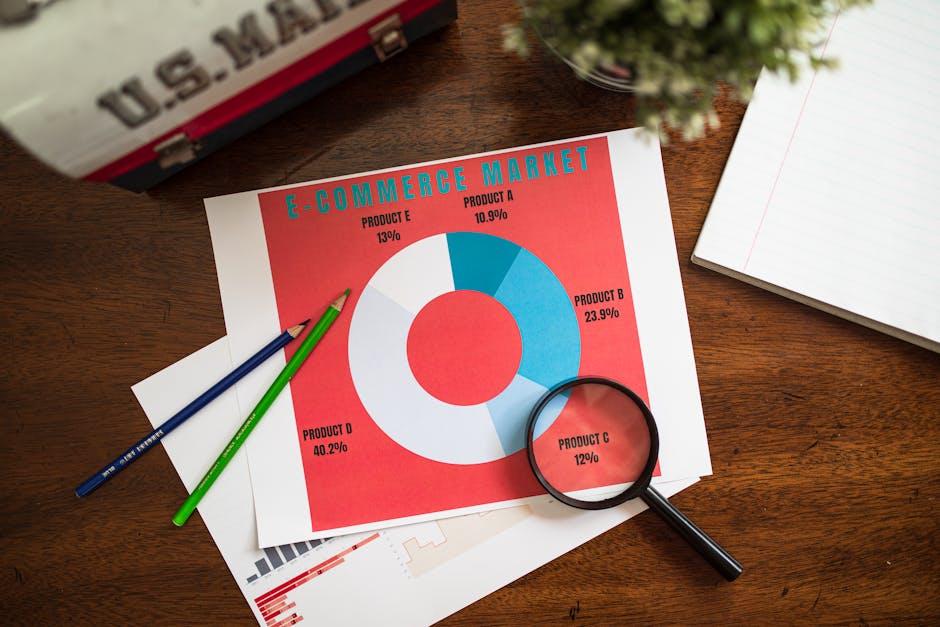In the ever-evolving landscape of digital transactions, where the click of a button can transfer fortunes and the tap of a card can unlock a world of possibilities, the specter of payment fraud looms large. As financial ecosystems become increasingly complex, so too do the tactics of those who seek to exploit them. Enter predictive analytics—a beacon of innovation that promises to transform the battlefield against fraud. With the precision of a seasoned detective and the foresight of a crystal ball, predictive analytics harnesses the power of data to anticipate and thwart fraudulent activities before they strike. This article delves into the sophisticated world of predictive analytics, unveiling how this cutting-edge technology is not only reshaping the defense against payment fraud but also fortifying the trust that underpins our digital economy. Prepare to explore the intersection of data science and financial security, where algorithms become guardians and every transaction tells a story.
Harnessing Data Intelligence to Thwart Payment Fraud
In the ever-evolving landscape of digital transactions, predictive analytics emerges as a formidable ally against the menace of payment fraud. By leveraging vast amounts of historical data, predictive models can identify patterns and anomalies that signal fraudulent activity. These models are not static; they learn and adapt, continuously refining their accuracy and efficiency. The result is a proactive defense mechanism that anticipates fraudulent attempts before they materialize, safeguarding both consumers and businesses.
- Real-time Monitoring: Predictive analytics enables continuous surveillance of transactions, flagging suspicious activities instantaneously.
- Behavioral Analysis: By understanding typical user behavior, deviations can be detected, triggering alerts for potential fraud.
- Risk Scoring: Transactions are assigned risk scores, allowing for swift decision-making on whether to approve, decline, or further investigate.
Incorporating predictive analytics into payment systems not only enhances security but also builds trust with customers, who can transact with confidence knowing their data is protected by cutting-edge technology.

Decoding Patterns: Leveraging Machine Learning for Fraud Detection
In the dynamic landscape of digital transactions, predictive analytics emerges as a formidable ally in the battle against payment fraud. By harnessing the power of machine learning, businesses can identify subtle anomalies and patterns that may elude traditional detection methods. Predictive models analyze vast datasets in real-time, continuously learning and adapting to new fraud tactics. This proactive approach enables organizations to anticipate fraudulent activities before they occur, safeguarding both their assets and customer trust.
- Real-time Monitoring: Advanced algorithms scrutinize transactions as they happen, flagging suspicious activities instantly.
- Behavioral Analysis: Machine learning models assess user behavior to detect deviations that might indicate fraud.
- Pattern Recognition: Identifying recurring patterns in fraudulent transactions helps in developing more robust security measures.
- Adaptive Learning: Systems evolve with each new data point, improving their accuracy and reducing false positives over time.
By leveraging these capabilities, businesses not only enhance their security posture but also streamline operations, reducing the manual effort required to combat fraud. This strategic integration of technology into fraud prevention strategies marks a significant advancement in protecting the integrity of financial transactions.

Building a Robust Defense: Implementing Predictive Models in Payment Systems
In the ever-evolving landscape of payment systems, leveraging predictive analytics emerges as a cornerstone for thwarting fraudulent activities. By harnessing the power of machine learning and data science, businesses can anticipate and mitigate risks before they materialize. Predictive models scrutinize transaction patterns, identify anomalies, and flag potential threats with remarkable precision. This proactive approach not only safeguards financial assets but also enhances customer trust and operational efficiency.
To implement a robust predictive model, consider the following key elements:
- Data Integration: Seamlessly integrate diverse data sources to create a comprehensive view of transaction behaviors.
- Model Training: Employ advanced algorithms to train models on historical data, ensuring they can accurately predict future anomalies.
- Real-time Monitoring: Establish a real-time monitoring system to promptly detect and respond to suspicious activities.
- Continuous Improvement: Regularly update and refine models to adapt to emerging fraud tactics and maintain their efficacy.
By embedding these elements into the payment system infrastructure, organizations can construct a formidable defense against payment fraud, ensuring both security and customer satisfaction.

Strategic Recommendations for Enhancing Fraud Prevention Tactics
Incorporating predictive analytics into your fraud prevention strategy can be a game-changer, offering a proactive approach to safeguarding transactions. To enhance your tactics, consider the following strategic recommendations:
- Data Integration: Leverage a wide array of data sources, including transaction history, user behavior, and external databases, to create a comprehensive view of potential threats. This holistic approach allows predictive models to identify anomalies with greater accuracy.
- Real-Time Monitoring: Implement systems that provide real-time alerts for suspicious activities. By utilizing predictive analytics, these systems can prioritize alerts based on the likelihood of fraud, enabling quicker and more effective responses.
- Continuous Model Training: Ensure that your predictive models are continuously updated with new data and evolving fraud patterns. This adaptability is crucial in maintaining the effectiveness of your fraud prevention measures.
- Cross-Department Collaboration: Foster collaboration between IT, finance, and security teams to share insights and refine predictive models. This synergy enhances the organization’s ability to anticipate and mitigate fraudulent activities.
By integrating these strategies, businesses can not only detect fraud more efficiently but also stay one step ahead of evolving threats, ensuring a secure payment environment for their customers.





